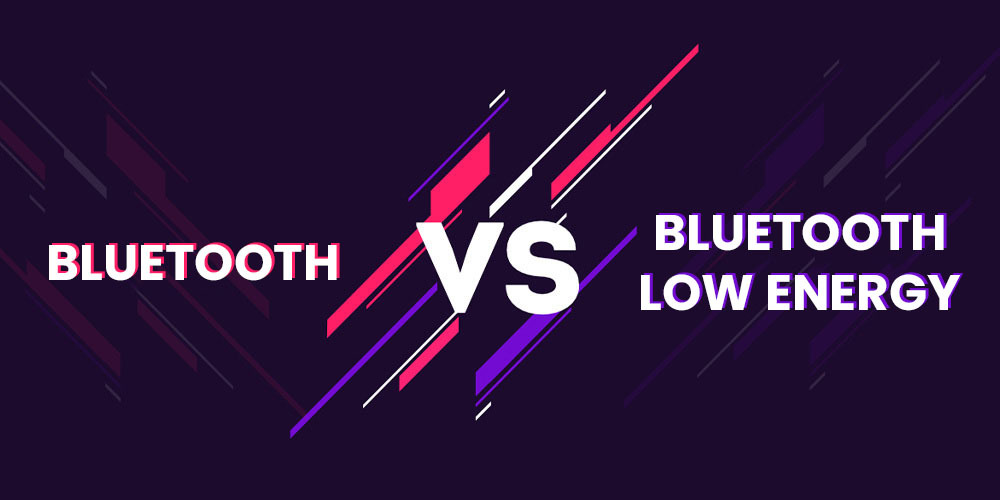Bluetooth vs Bluetooth Low Energy
Last Updated :
18 May, 2022
Bluetooth is a short-range wireless LAN technology for connecting small devices and gadgets together and facilitating data transfer among themselves for personal use. Also known as Bluetooth classic, it operates in the 2.4 GHz ISM unlicensed bandwidth to communicate among paired devices. Bluetooth classic version comes in two distinct data rate types known as Basic Rate (BR) and Enhanced Data Rate (EDR). It is maintained by Bluetooth Special Interest Group (SIG) and is standardized by IEEE 802.15.
Bluetooth Low Energy (BLE) is similar to Bluetooth classic. It is a short-range wireless LAN communication technology standardized by IEEE 802.15. It also operates in 2.4 GHz ISM unlicensed bandwidth. The major distinguishing feature of BLE, commercially made accessible first in 2011, is its low power consumption while maintaining the same communication range as in Bluetooth classic. It typically finds its use in healthcare, fitness, security and home automation appliances that save power.

Bluetooth can handle a lot of data but quickly consumes battery life and costs a lot more. Bluetooth Low Energy is used for applications that do not need to exchange large amounts of data and can run on battery power for years at a cheaper cost. BLE achieves this power saving by putting the server in sleep mode until a transfer request is made by a slave device.
Difference between Bluetooth and BLE
| Feature |
Bluetooth Classic
|
Bluetooth Low Energy (BLE)
|
| Power consumption |
High (approx 1W) |
Low (approx 0.01W-0.5W) |
| Communication Range |
10m to 30m |
10m to 30m |
| Data Rate |
1Mbps for BR
2-3Mbps for EDR
|
500kbps-1Mbps |
| Modulation Technique |
GFSK for BR
8-DPSK or π/4-DQPSK for EDR
|
GFSK |
| RF Bandwidth |
2.4 GHz ISM band (2400-2483.5 MHz) |
2.4 GHz ISM band (2400-2483.5 MHz) |
| Number of Channels |
79 channels each of width 1Mhz |
40 channels each of width 2MHz |
| Spreading |
Frequency Hopping Spread Spectrum (FHSS) |
Frequency Hopping Spread Spectrum (FHSS) |
| Data link layer protocol |
Time Division Multiple Access (TDMA) |
Time Division Multiple Access (TDMA) |
| Error detection |
8 bit CRC or 16 bit CRC, and ACKs |
24 bit CRC, ACKs |
| Maximum number of active slaves |
7 |
Unlimited |
Like Article
Suggest improvement
Share your thoughts in the comments
Please Login to comment...